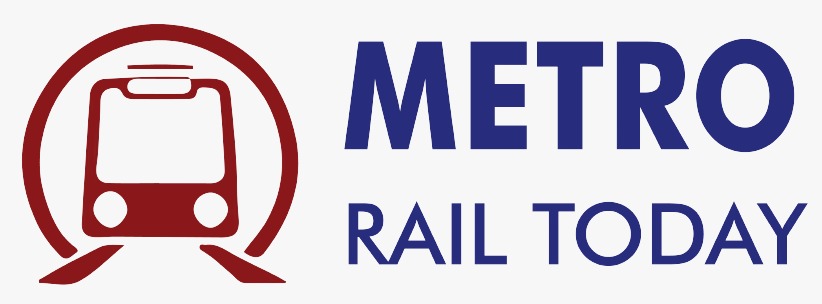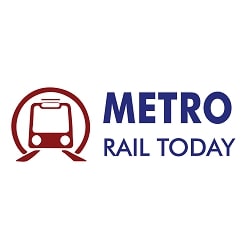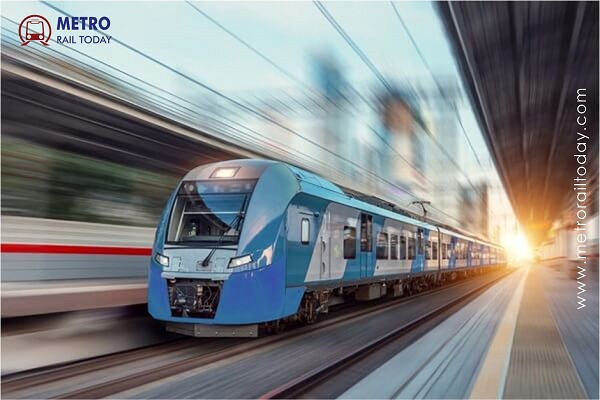 SYSTRA acquires Ardanuy Ingenieria to bolster Global Rail and Urban Transport expertise
SYSTRA acquires Ardanuy Ingenieria to bolster Global Rail and Urban Transport expertise Metro, Monorail and Pod Taxis: How MMRDA is Reinventing Mumbai’s Urban Transport?
Metro, Monorail and Pod Taxis: How MMRDA is Reinventing Mumbai’s Urban Transport?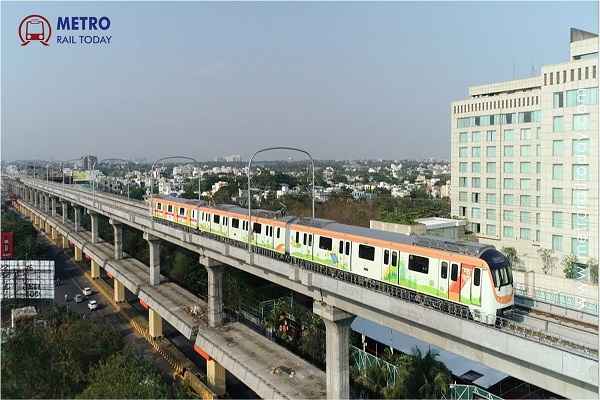 Maha Metro partners with IIT Kanpur to shield Nagpur and Pune Metro Systems from Cyber threats
Maha Metro partners with IIT Kanpur to shield Nagpur and Pune Metro Systems from Cyber threats R. Rajagopal appointed as Member (Traction & Rolling Stock), Railway Board, Ministry of Railways
R. Rajagopal appointed as Member (Traction & Rolling Stock), Railway Board, Ministry of Railways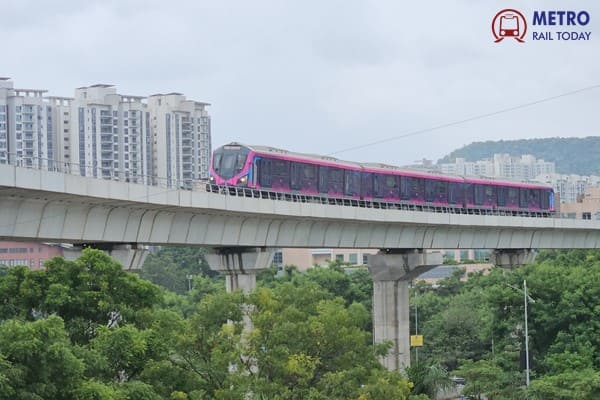 Maha Metro to appoint DPR Consultant for Pune's Shivajinagar-Kondhwa Metro Line
Maha Metro to appoint DPR Consultant for Pune's Shivajinagar-Kondhwa Metro Line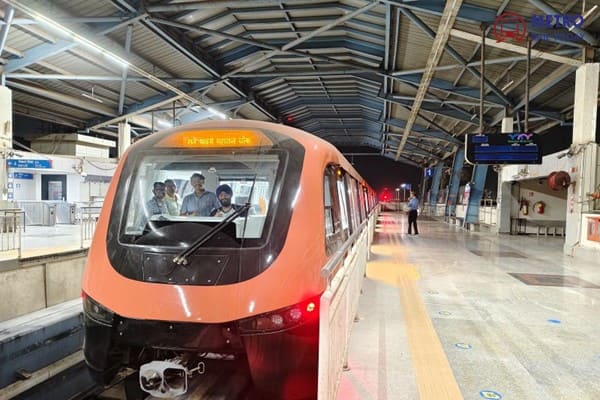 Mumbai Monorail suspension sparks Job Losses and Backlash despite system upgrade plans
Mumbai Monorail suspension sparks Job Losses and Backlash despite system upgrade plans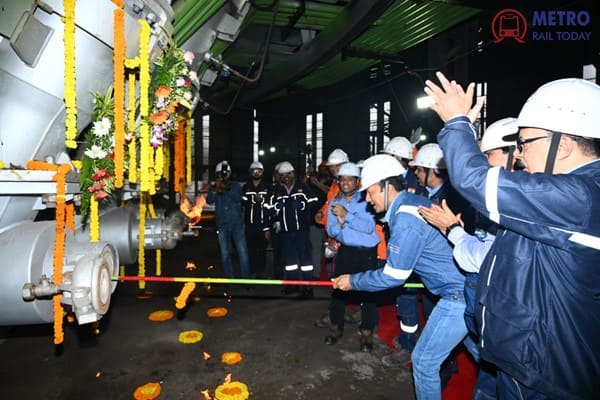 Jindal Steel Commissions One of India’s Largest Blast Furnaces in Odisha
Jindal Steel Commissions One of India’s Largest Blast Furnaces in Odisha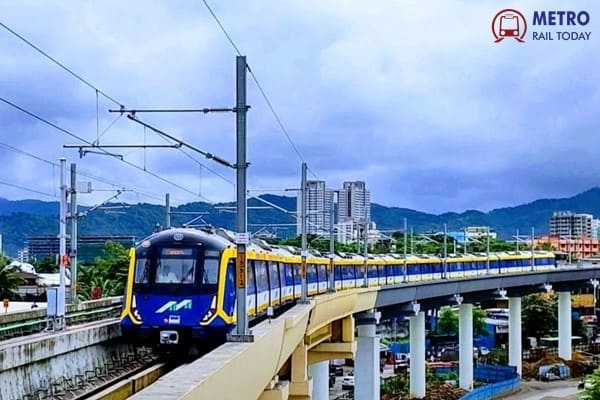 RDSO successfully conducts Brake and Speed trial tests on Mumbai Metro Line 9
RDSO successfully conducts Brake and Speed trial tests on Mumbai Metro Line 9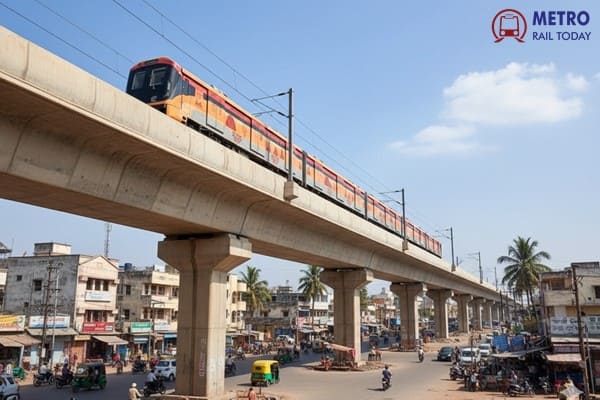 Patna Metro gears up for public launch, Final Trial Run scheduled for September 29
Patna Metro gears up for public launch, Final Trial Run scheduled for September 29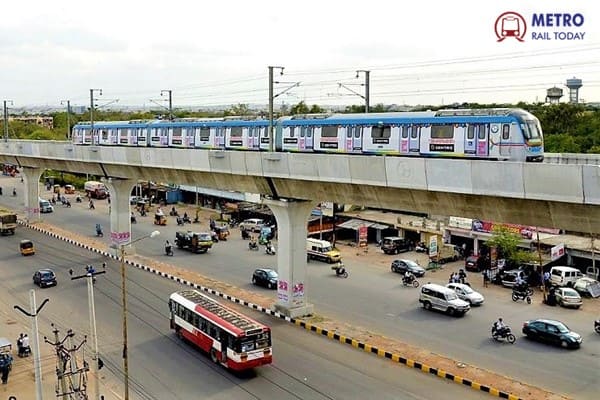 Telangana Govt takes over Hyderabad Metro Phase 1 as L&T exits project
Telangana Govt takes over Hyderabad Metro Phase 1 as L&T exits project
Metro, Monorail and Pod Taxis: How MMRDA is Reinventing Mumbai’s Urban Transport?

In a city constantly on the move, the Mumbai Metropolitan Region Development Authority (MMRDA) is laying the foundation for a smarter, faster, and greener future. From the city’s first-ever pod taxi system to an ambitious 300+ km Metro network, MMRDA Commissioner Sanjay Mukherjee outlines how Mumbai is reshaping urban mobility and reimagining its infrastructure for the next generation.
In an exclusive interview with Metro Rail Today, Shri Mukherjee provides detailed insights into the progress of key Metro projects, solutions for traffic congestion, the financial strength powering massive developments, and how Mumbai is preparing to become a trillion-dollar economy by 2047.
“Our vision is ‘Mumbai in Minutes’—a city where no journey takes more than an hour across the entire metropolitan region,” says Mukherjee.
Monorail Services Paused for Modernisation, Not Abandonment
Addressing concerns about the suspension of Mumbai’s monorail services, Shri Mukherjee emphasized that this is a strategic pause aimed at accelerating upgrades and ensuring safer, world-class travel.
“This isn’t a setback—it’s a decisive step toward modernisation,” he explained. “With daily services, we only get 3.5 hours at night to carry out upgrades. Temporarily suspending operations lets us work nearly four times faster.”
The revamp includes the installation of a state-of-the-art Communication-Based Train Control (CBTC) signalling system, developed indigenously in Hyderabad, and the induction of 10 new Make-in-India monorail rakes — 8 of which have already been delivered. Older rakes are also being retrofitted, manpower is undergoing intensive training, and integrated testing is underway.
“When the monorail returns, it will be safer, smoother, and more reliable—very close to the experience Mumbaikars enjoy on the Metro,” Mukherjee affirmed.
Metro Expansion on a War Footing: Multiple Lines Near Completion
Mumbai's Metro network is undergoing its most transformative phase yet, with several corridors nearing completion and a sharp rise in ridership already visible.
Metro Line 2B, connecting DN Nagar to Mandale, has reached the final stretch with 90% civil works completed, and CMRS certification is expected by early October 2025. Lines 4, 4A, and 5 are also in advanced stages of development.
Here’s a quick snapshot of ongoing progress:
-
Line 4 (Wadala–Kasarvadavali): 86% complete
-
Line 4A (Kasarvadavali–Gaimukh): 95% complete
-
Line 5 Phase I (Thane–Bhiwandi): 96% complete
-
Line 6 (Swami Samarthnagar–Vikhroli): 80% complete
-
Line 9 (Dahisar–Mira Bhayander): 98% complete
-
Line 7A (Andheri East–CSMIA): 62% complete
-
Line 12 (Kalyan–Taloja): 12% complete
By the end of 2025, the city will operationalise several new corridors, benefitting lakhs of commuters and significantly improving travel times.
“Lakhs of citizens will start experiencing faster, greener, and more reliable travel before 2026,” he assured.
India’s First Pod Taxi at BKC: A Game-Changer in Urban Mobility
In a major first for the country, Mumbai will soon host India’s first pod taxi system at the Bandra-Kurla Complex (BKC). These air-conditioned, on-demand pods will provide non-stop point-to-point connectivity and reduce the city’s dependence on auto-rickshaws and private cabs.
The project has been awarded to Sai Green Mobility, and construction is expected to begin by November 2025, with completion targeted in three years.
However, land acquisition near Bandra and Kurla suburban stations has posed challenges due to competing development priorities of Central and Western Railways. MMRDA is now collaborating with Mumbai Police to secure 6,800 sq. meters near Kurla to resolve the issue.
“Once implemented, this will be a game-changer — easing congestion and showcasing Mumbai as a leader in futuristic mobility,” said Mukherjee.
Metro Ridership Surges as New Lines Come Online
Mumbai Metro’s ridership has seen a steady uptick, underlining public trust in the system's speed and efficiency. As of September 2025, monthly ridership touched 7.7 million, with average weekday ridership at 3.1 lakh, Saturdays at 2.3 lakh, and Sundays at 1.4 lakh.
“Every new section we open sees a sharp rise in ridership. Citizens are shifting to the Metro for speed, reliability, and sustainability,” Mukherjee noted.
By 2031, the Metro is projected to carry close to 60 lakh passengers daily, with the following estimates:
-
Line 4: 12.1 lakh
-
Line 2B: 10.5 lakh
-
Lines 9 & 7A: 11.12 lakh
-
Line 6: 7.7 lakh
-
Line 7: 6.7 lakh
-
Line 2A: 6.09 lakh
-
Line 5: 3.03 lakh
-
Line 12: 2.26 lakh
Combating Traffic Congestion: Multimodal Strategies in Thane
Thane, one of the region’s fastest-growing cities, is set for a major overhaul in traffic management. Mukherjee highlighted the widening of Ghodbunder Road into a 14-lane concrete corridor, the development of 23 internal roads worth ₹700 crore, and the construction of the ₹1,800-crore Anand Nagar–Saket elevated bypass.
Additionally, the ₹2,200-crore Thane Coastal Road will create an essential east-west corridor, parallel to existing routes. On the rail front, Metro Lines 4, 4A, and 5 will integrate seamlessly with these road upgrades.
“We are also conducting a detailed traffic simulation study to develop short-, medium-, and long-term congestion solutions,” he added.
Seamless Airport & Bullet Train Connectivity
With the upcoming Mumbai–Ahmedabad bullet train, MMRDA is ensuring seamless multimodal integration at the BKC high-speed rail terminal. The terminal will be connected underground to Metro Line 3, with direct interchanges to Lines 2A and 2B.
“In the near future, a passenger could land at Mumbai Airport, take the Metro to BKC, and board the bullet train to Ahmedabad — all without stepping out,” Mukherjee said.
Road connectivity is also being enhanced with key links like the Versova–Virar Sea Link, Thane–Borivali twin tunnel, and Sewri–Worli connector, ensuring faster access to BKC, South Mumbai, Thane, and Navi Mumbai.
How MMRDA Is Funding Mega Projects Worth Lakhs of Crores
From being perceived as short on funds to now driving infrastructure projects worth trillions, MMRDA has come a long way. Financing is now diversified across international lenders like JICA, ADB, and KfW, as well as domestic revenue mechanisms such as development charges and land monetisation at BKC.
“We attracted over $40 billion in commitments at Davos. Financial closure has been achieved for major Metro corridors and the Orange Gate tunnel,” Mukherjee noted.
Non-fare revenue sources such as advertising, digital ticketing, and station commercialisation are also being tapped to reduce financial strain and support long-term sustainability.
Building Future Economic Hubs: Worli, BKC & Kharbhav
Beyond mobility, MMRDA is actively shaping Mumbai’s economic landscape. The Worli Dairy site will be developed as a mixed-use waterfront district — effectively becoming BKC 2.0 for South Mumbai.
In Bhiwandi, the Kharbhav Integrated Business Park, spread across 58 sq km, will function as an industrial growth hub in line with NITI Aayog’s framework. With proximity to JNPT and Navi Mumbai International Airport, this park will attract industries, create jobs, and enhance regional exports.
“Together with BKC, Worli, and Kharbhav, the Mumbai Metropolitan Region will have a triad of global hubs — financial, cultural, and industrial,” stated Mukherjee. “This aligns with our goal of propelling Mumbai toward a trillion-dollar economy under Vision Maharashtra and Viksit Bharat 2047.”
Digital Integration: Ticketing, Apps & Unified Mobility
Digital transformation is another key pillar of MMRDA’s vision. The MMRDA Mobile Ticketing App, launched on ONDC, is already live. Plans are underway to build a Common Mobility App that will integrate ticketing across Metro, buses, and suburban trains.
“We’re not just building roads and rails — we’re building a digital mobility ecosystem,” said Mukherjee.
Mumbai 2047: A Vision Realised
With over ₹2 lakh crore worth of ongoing infrastructure projects, MMRDA is laying the groundwork for a next-generation metropolis. From metro networks and tunnels to sea links, pod taxis, and waterfront cities, the future is already under construction.
“Mumbai is evolving into a truly global city. By 2047, we aim to have built the infrastructure backbone of a trillion-dollar economy — powered by smart mobility, sustainable planning, and citizen-centric governance,” concluded Sanjay Mukherjee.
A City on the Cusp of a Transport Revolution
With bold projects like India’s first pod taxi, the expansive Metro corridors, and integrated multimodal hubs, Mumbai is not just catching up with global megacities — it’s setting new benchmarks. Under the strategic leadership of Shri Sanjay Mukherjee and the MMRDA’s renewed focus on sustainable and digital-first infrastructure, the city is rapidly evolving into a model of future-ready urban mobility. As every tunnel bored and every Metro line laid brings Mumbai closer to its Vision 2047, one thing is clear: the transformation is no longer coming — it’s already underway.
